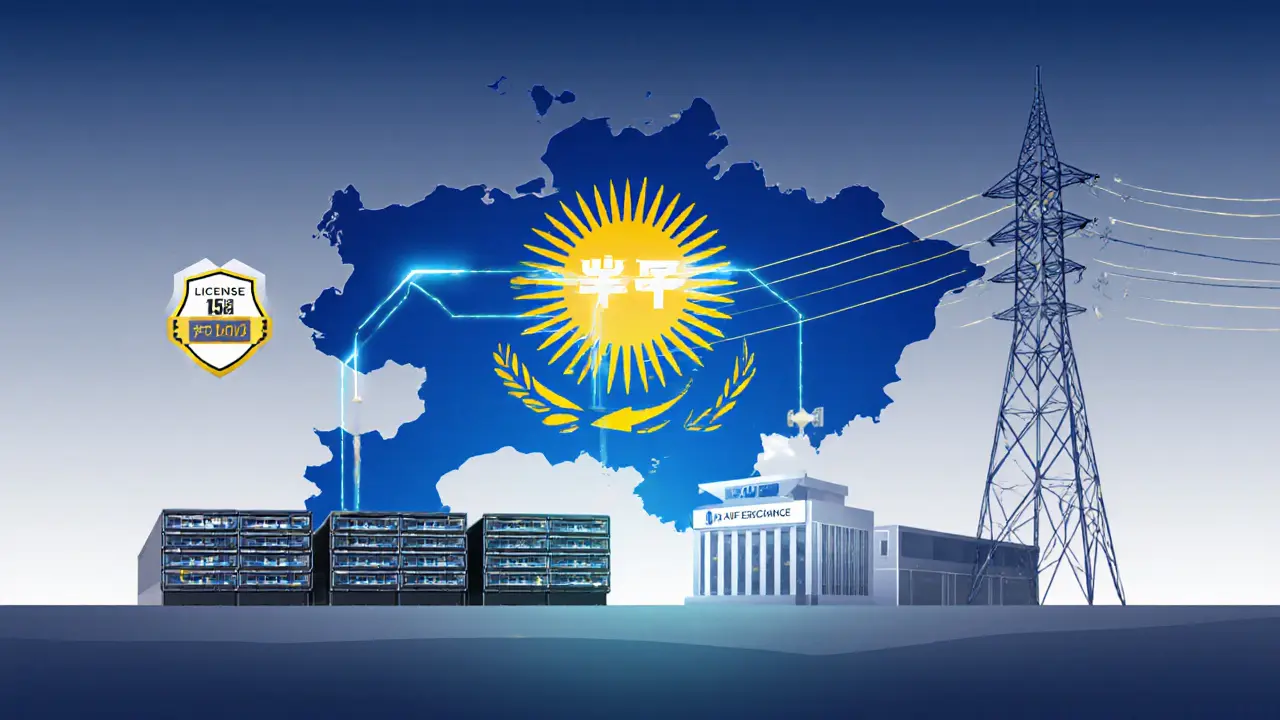Electricity Rationing: What It Is and Why It Matters
When dealing with electricity rationing, the scheduled reduction of power supply to balance demand and limited generation capacity. Also known as load shedding, it often occurs when load shedding, the intentional interruption of electricity to certain areas is implemented to protect the power grid, the interconnected network that delivers electricity from producers to consumers. Effective demand response, programs that incentivize consumers to reduce usage during peak times and clear energy regulation, government policies that set rules for electricity markets are key to minimizing the need for rationing.
How the Pieces Fit Together
Electricity rationing encompasses load shedding as a direct tool to curb overshoot on the grid. When a region hits a supply crunch, operators trigger load shedding to keep the power grid stable. That action requires power grid management—real‑time monitoring, load balancing, and contingency planning. Meanwhile, well‑designed energy regulation influences demand response by setting tariffs, penalties, and incentives that shape consumer behavior. Together, these elements form a feedback loop: regulation shapes demand response, demand response eases grid stress, and a resilient grid reduces the frequency of load shedding.
For households, understanding this loop helps you plan. Simple steps like shifting heavy appliance use to off‑peak hours or enrolling in utility demand‑response programs can cut your bill and protect the grid. Businesses can install backup generators or adopt smart‑meter technology to auto‑adjust loads when a rationing signal arrives. Both groups benefit from staying aware of local energy regulation updates, which often dictate the timing and severity of rationing events.
In regions where renewable energy sources are growing, electricity rationing takes on a new twist. Solar and wind output can be intermittent, so grid operators must juggle variable generation with steady demand. Here, demand response becomes a vital tool: by encouraging consumers to consume when renewable output peaks, the grid can store less energy and avoid costly rationing. Energy regulation that supports storage incentives and micro‑grid development further reduces the need for load shedding.
Understanding electricity rationing helps households and businesses plan better, and it gives policymakers a clearer picture of where to tighten or relax regulations. Below you’ll find a curated set of articles that dive deeper into each of these aspects—real‑world case studies, step‑by‑step guides, and expert analysis that will equip you to navigate power shortages confidently.

How Kazakhstan's Electricity Rationing Shapes Crypto Mining in 2025
May 28, 2025, Posted by Ronan Caverly
Explore Kazakhstan's state‑run electricity rationing for crypto mining, its licensing rules, illegal power theft case, and future policy outlook in a concise, expert guide.
MORESEARCH HERE
Categories
TAGS
- decentralized exchange
- crypto exchange review
- cryptocurrency
- crypto coin
- CoinMarketCap airdrop
- smart contracts
- tokenomics
- cryptocurrency exchange safety
- crypto exchange
- cryptocurrency airdrop
- crypto airdrop
- cryptocurrency exchange
- crypto airdrop guide
- blockchain token distribution
- DeFi
- crypto exchange scam
- crypto airdrop 2025
- Ethereum
- cross-chain interoperability
- ERC-20
